Cloud computing has already gained popularity and importance in the corporate world, so if you think your business also needs this solution, you are not mistaken. Nevertheless, to make sure you’re making the right choice, it’s crucial to understand the differences between the various types of cloud computing: Infrastructure as a Service (IaaS), Platform as a Service (PaaS) and Software as a Service (SaaS).
If you consider moving your business to the cloud, whether for application or infrastructure deployment, it is more vital than ever to grasp the differences and benefits of these cloud services to avoid the loss of budget. In this article, we’ll dwell on cloud computing and its types to help you choose the right solution for business.
What is Cloud Computing, and How Does It Benefit the Business?

Today, almost any business can implement cloud-based platforms for virtually all of its systems and processes. MarketsandMarkets reports that the global cloud computing market will reach $623.3 billion by 2023. Why is this solution so popular? Let’s find out!
Cloud computing is a technology that allows you to store and access data remotely, through an internet connection. This makes it easy for you to get files and information from any device, anywhere in the world.
The cloud model is designed as a utility to create, deploy and run any application or service on the Internet. This eliminates the need for companies to purchase and maintain their own hardware or software, which can save them significant costs over time.
When applying cloud computing, you don’t have to worry about keeping your own servers running and maintained. Instead, you can use a third-party provider to take care of everything for you. That means you can shift responsibility for supporting servers, updating software and security features.
The most common types of cloud services are IaaS, PaaS and SaaS. IaaS includes virtual server hosting, storage and network services, PaaS provides services such as databases, and SaaS offers applications that can be accessed online.
Cloud Computing Benefits for Businesses
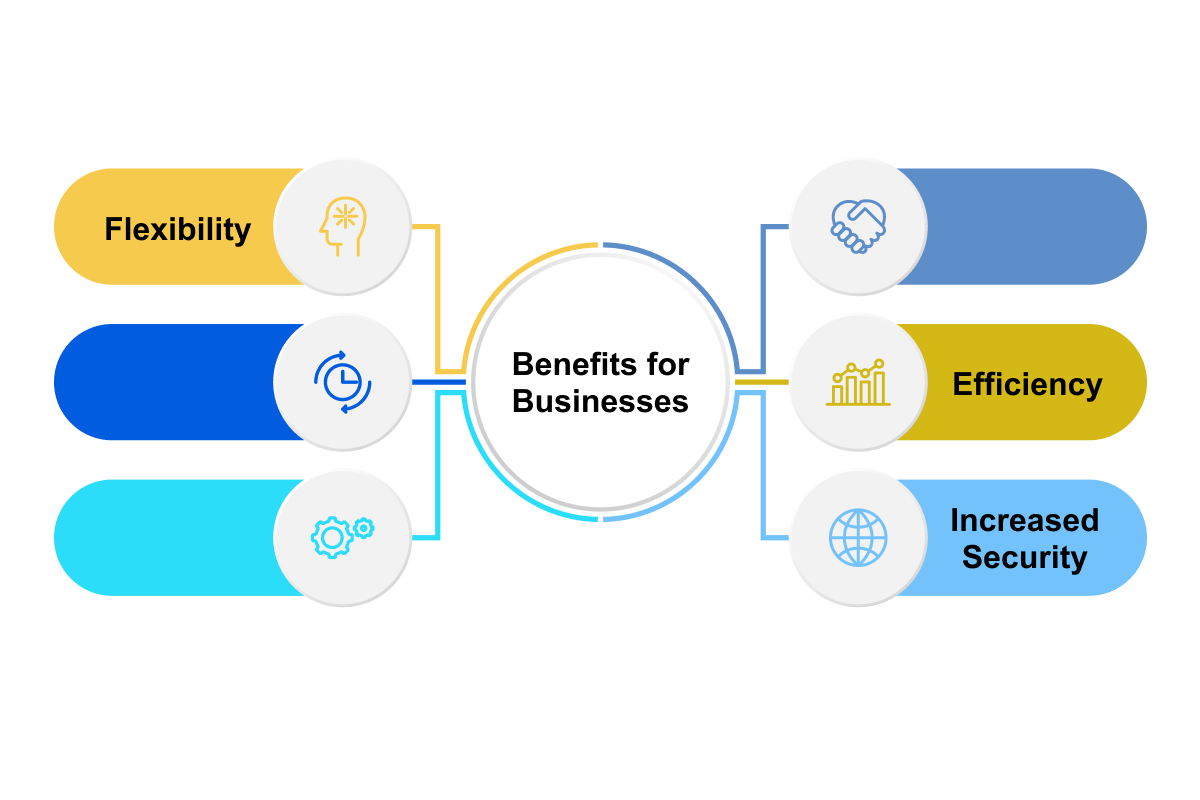
Lower Costs: Cloud computing lowers costs by allowing companies to expand or reduce their infrastructure as needed.
Flexibility: Businesses can deploy applications without worrying about computing infrastructure or system capacity because the cloud relies on shared resources from multiple users to meet peak demand.
Scalability: Since businesses can scale up or down as needed, cloud computing allows them to easily manage resources without buying additional equipment or hiring more employees.
Faster Deployment: With cloud computing, you can deploy applications quickly without waiting for IT departments to provide resources or install new software on company servers.
Increased Security: Since there are multiple copies of the data stored in different locations around the world, a hacking attack on one location has no effect on others.
Efficiency: Cloud systems enable users to access their information from anywhere, anytime, without using their own hardware or software.
What is IaaS?
The term “Infrastructure as a Service” (IaaS) refers to the delivery of computing resources on demand. In other words, it’s a way of renting virtual machines and storage space that can be used to run applications and host websites. IaaS in cloud computing offers the most flexibility among all models because it allows organizations to build their own virtual machines (VMs) and applications without worrying about the underlying hardware.
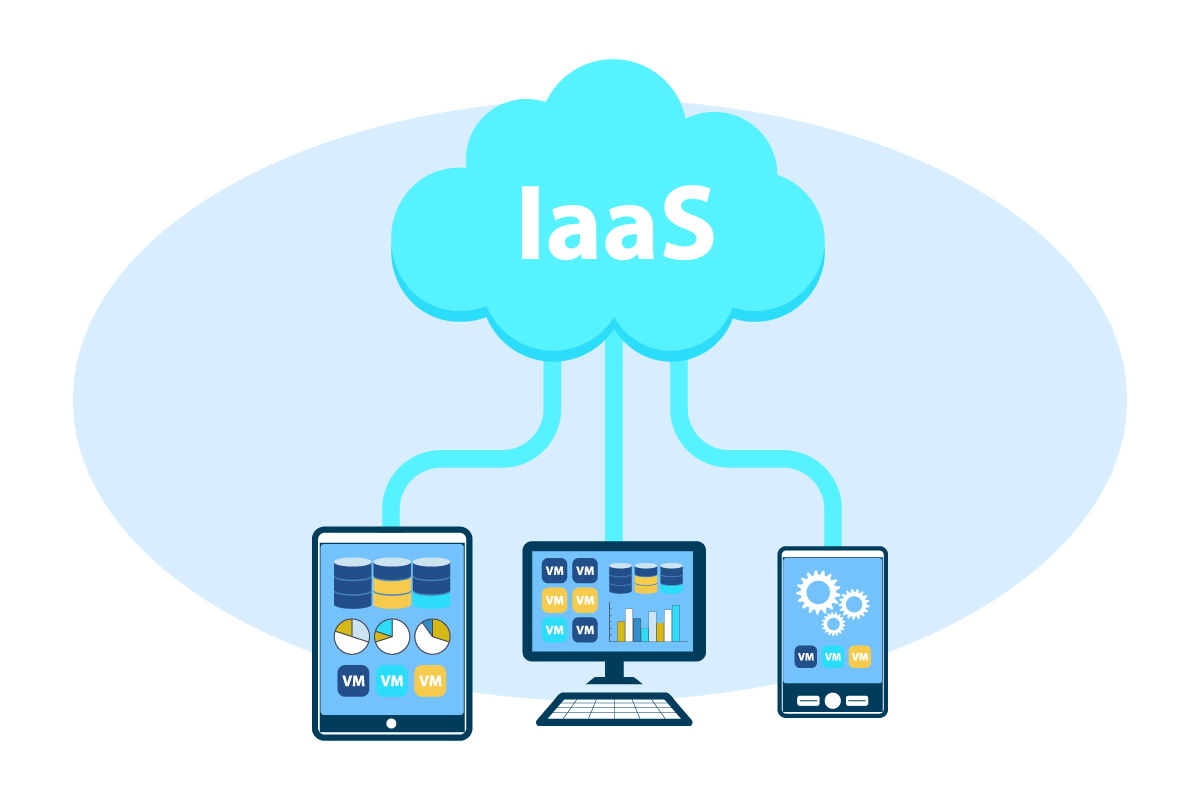
Major IaaS Benefits
Full control over the infrastructure: The user has full control over the hardware, software and network. This allows them to use their own tools and processes to manage their virtual machines.
Buy as needed: Users can purchase resources only when they need them, which facilitates cost management. They can also increase or decrease the number of resources as needed.
Multiple users on the same hardware: Multiple users can share the same hardware resources without worrying about conflicting with each other or affecting the performance of others.
The most flexible and scalable cloud service: IaaS offers the most flexibility and scalability because there are no limits on how much memory or CPU power you can use at any given time.
IaaS Disadvantages
Security concerns: If you’re using a public cloud provider like Amazon Web Services (AWS) or Microsoft Azure, your virtual machine images may come from a third party that hasn’t been vetted by your organization. This means you could end up running your applications on another provider’s hardware with unclear security configurations.
Steep learning curve: Due to its complexity and the involvement of various components, IaaS is a challenging cloud service model to learn, which can make it difficult for some companies to adopt this technology.
Common IaaS Use Cases
Hosting applications: With IaaS, you can host your apps in one location and allow your employees to access them from anywhere.
Development environments: With IaaS examples in cloud computing such as Amazon Web Services (AWS) or Rackspace (RAX), developers can quickly set up testing and development environments.
Ecommerce: Running a website on IaaS allows businesses to scale up quickly and easily when they need to handle an influx of traffic without having to invest in expensive hardware and software licenses.
IoT (Internet of Things): IaaS makes it easy to set up IoT devices that communicate with each other over the Internet to perform specific tasks and monitor them remotely from anywhere in the world.
What are IaaS Examples?
- Amazon Web Services (AWS);
- Microsoft Azure;
- Google Compute Engine (GCE);
- IBM Cloud;
- Digital Ocean;
- Oracle Cloud.
What is PaaS?
Platform as a service (PaaS) is a cloud computing platform that provides services to software developers. It allows them to build, test and run applications on the cloud without the need for setting up their own infrastructure. PaaS in cloud computing offers a complete environment for developing, deploying and managing products. It also provides an abstraction layer between the app and the underlying hardware. The developer only needs to worry about the business logic of the project, not about servers or storage.
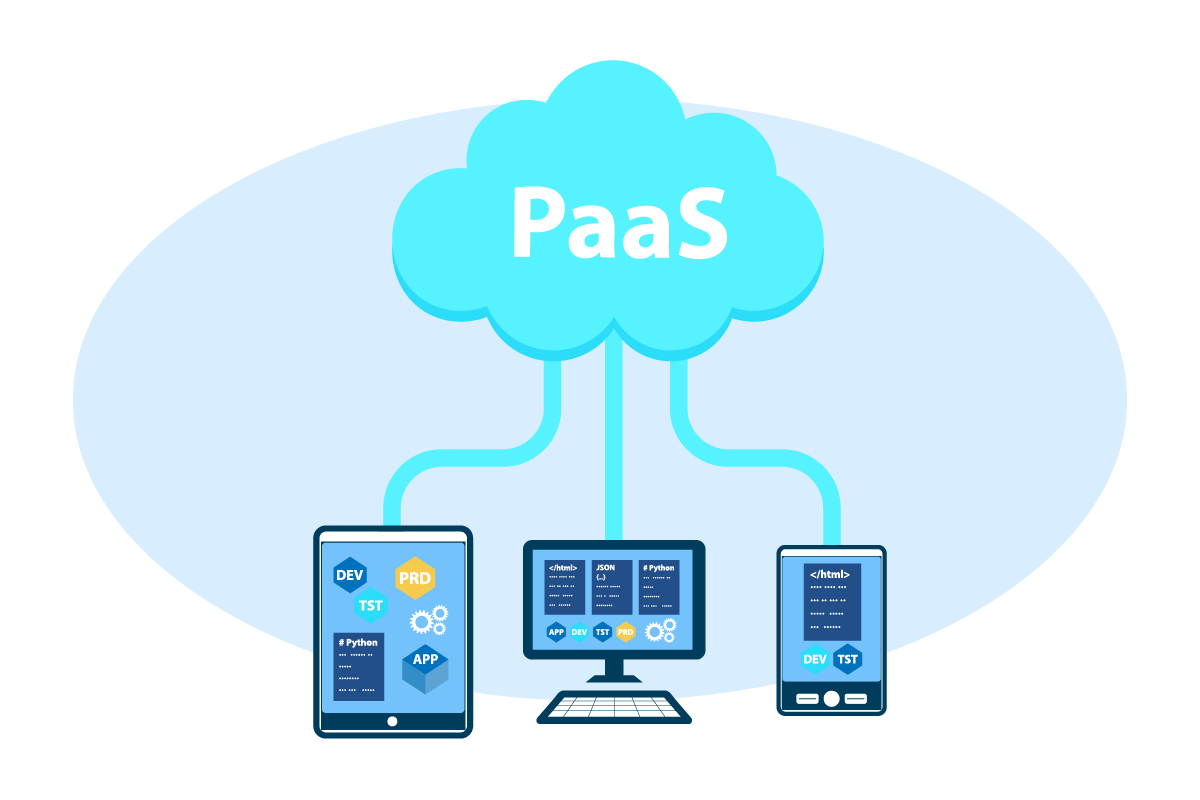
Major PaaS Benefits
Robust, scalable and cost-effective: The PaaS model enables companies to quickly develop and deploy applications without having to worry about configuring servers or managing infrastructure. This significantly reduces time to market and leads to faster ROI.
Offers customization: PaaS provides customized cloud operations that meet the needs of your business without compromising performance or reliability, while reducing development time and costs.
Variety of services for app development: With PaaS services, you can use one of the many preconfigured templates available in the marketplace. You can also choose from a wide range of database management systems or resort to third-party services like Oracle Database or Amazon Redshift.
Easy migration to the hybrid cloud: PaaS software ensures an easy way to relocate applications by using containers. They allow an application and all its dependencies to be packaged into a standardized unit that can run in any environment.
PaaS Disadvantages
Data security: The main drawback to using PaaS is the security of data storage. In this model, you have to trust your provider with all your sensitive data — from user accounts to financial information. If they lose data due to poor security measures, it could’ve serious consequences for your business.
Inability to switch providers: With PaaS, developers can’t easily switch providers because their applications depend on specific APIs and services supplied by only one vendor.
Common PaaS Use Cases
Development platforms: They allow developers to build and test their applications without having to worry about infrastructure issues such as provisioning servers, setting up load balancers, configuring firewalls or installing operating systems.
Application hosting: Companies use PaaS platforms to host existing applications that they don’t want to manage themselves. This can be particularly useful if you have an older app that you want to migrate to the cloud without having to do a major upgrade.
Internet of Things (IoT) applications: PaaS software supports a variety of programming languages (including Java, Python, and Swift), tools, and environments used to develop IoT products.
Cloud-native development and hybrid cloud strategy: To enable hybrid cloud strategies, enterprises require both private and public cloud capabilities to support their workloads. A PaaS helps them develop apps that run seamlessly across multiple clouds and devices.
What are PaaS Examples?
- AWS Elastic Beanstalk;
- Windows Azure;
- Heroku;
- Google App Engine;
- OpenShift;
- AWS Lambda.
What is SaaS?
SaaS or Software as a Service is a way to deliver applications to end users over the Internet. It is a software distribution model where customers use hosted software applications instead of purchasing and installing them on their own hardware. This can save them time and money while giving the vendor rapid scalability and flexibility. SaaS applications are typically hosted in highly secure data centers, so any user can access their own data at any time, even if they are not on their own premises or network.
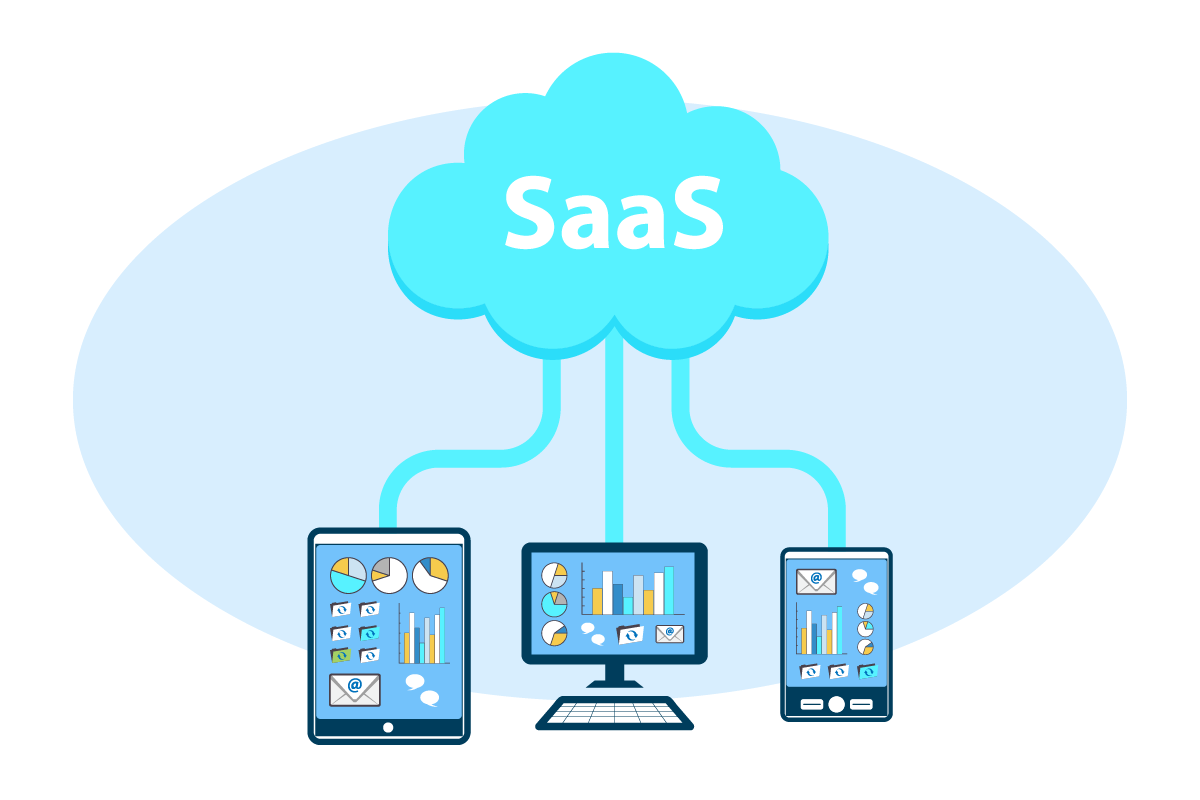
Major SaaS Benefits
Minimal risk: SaaS offerings are typically hosted in data centers managed by the provider. The vendor takes care of security and maintenance, so businesses don’t have to worry about them.
No software update and maintenance headache: The SaaS technology ensures that your provider deals with operating system updates or app patching instead of you.
Operate from anywhere: With SaaS, you can run business from anywhere because the software is hosted on servers that are accessible via the Internet. Thus, anyone can watch Netflix movies and TV shows wherever they want.
SaaS Disadvantages
Inability to customize: If you want to make changes to the product, you have to ask the provider for help or hire a third-party developer. This can cost you extra money, which is not good for startups that want to save every penny.
Data security and privacy issues: Since most SaaS-based technologies store data on their servers, there is always a risk of losing it due to technical glitches or cybercriminals. Plus, you have no control over how these companies use your data — they could sell it to third parties without telling you first.
Performance and feature limitations: Since SaaS platforms are limited by what vendors offer, there is no way to customize a solution to your needs and requirements. That means you’re out of luck if your company needs to add some enhancements to your SaaS product.
Common SaaS Use Cases
E-commerce websites: Many e-commerce websites rely on third-party software to handle their transactions, payments, shipping and customer service. SaaS can help make these processes more efficient and reliable by providing a single platform to manage all these tasks.
CRM systems: The SaaS model is the perfect choice for creating customer relationship management (CRM) software to track interactions and use the collected data to notify sales reps. For example, when it’s time to follow up with customers to ensure they don’t miss potential sales opportunities.
ERP systems: Enterprise resource planning (ERP) software helps businesses manage their accounting, inventory, supply chain management and more. SaaS providers make it possible for small businesses to use robust ERP systems without breaking the bank.
Collaboration tools: The technology assists in creating collaboration tools that allow users to share data and work together on projects in real time. Examples of SaaS products include Google Docs or Dropbox Paper, which permit users to edit documents online.
What are Examples of SaaS?
- Shopify;
- MailChimp;
- Netflix;
- Dropbox;
- Hubspot;
- Google Applications (G Suite).
How to Choose Cloud Computing for a Project
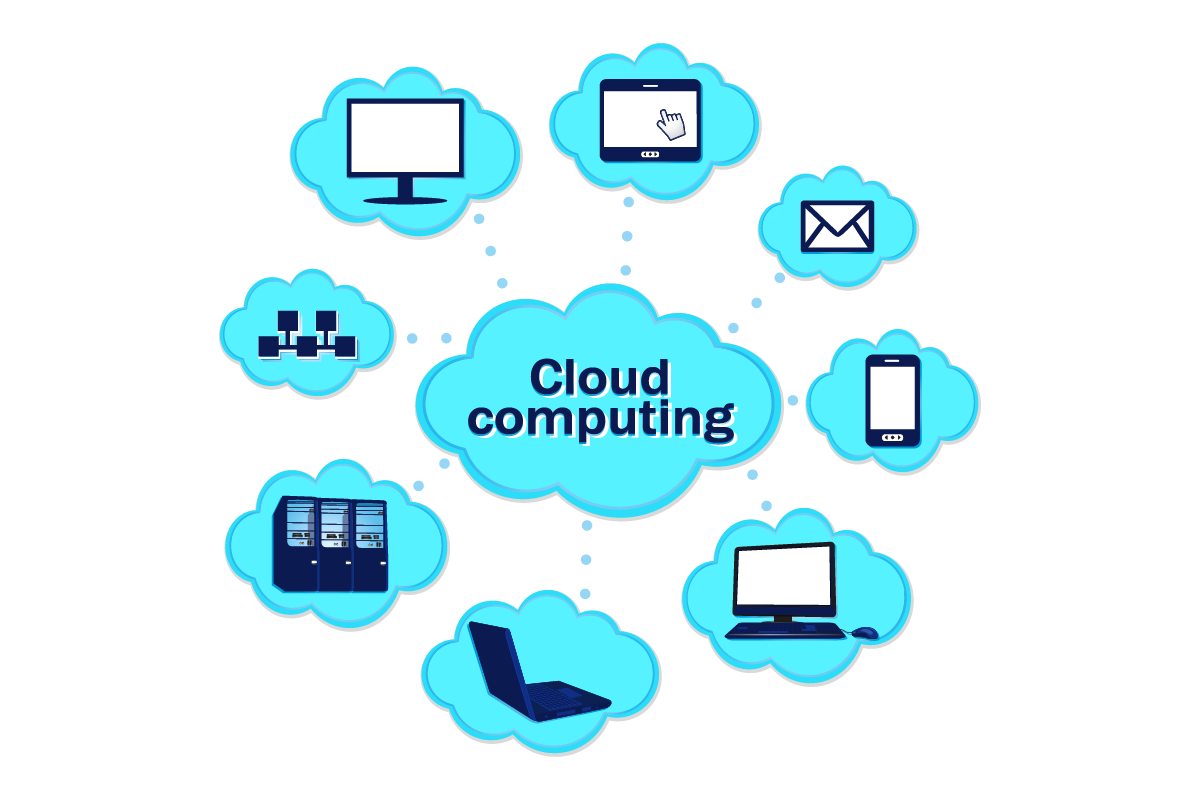
Whether you start a new project or looking for a better solution for an existing one, picking a suitable cloud computing model can be a challenge. To help you make a decision, we’ve put together some useful information on how to select the right technology.
1) What type of business do you run?
The first thing you should do is determine what kind of business model you want to pursue. Do you want to start with a few employees or expand gradually over time? If so, the PaaS solution might be suitable for you, because it can provide everything from IT infrastructure and software applications to maintenance and support services at a reasonable price. However, if you plan to expand quickly, or if your business needs more than 20 servers at a time, you might be better off opting for IaaS.
2) Determine Your Needs
While choosing a cloud provider, figure out what kind of services they offer and how well they fit your current needs. This will help you narrow down your options and make it easier to find a good fit without wasting time on services that contradict your requirements and can not scale your business.
3) Evaluate Your Security Requirements
Security is often one of the main concerns when moving data to the cloud — especially when it comes from sensitive sources like medical records or financial information. While no system is 100% secure, some of them offer a greater level of security than others. To make the right choice, you need to find out beforehand if your product really needs a high level of data protection.
Choosing the Service Provider: How to Calculate the Cost of the Solution?
The cost of cloud computing models like IaaS, PaaS and SaaS is often one of the most important factors that business owners must consider to find the best fit for them. Although there are numerous benefits of this range of services, such as scalability and flexibility, there are also high costs associated with these solutions. Businesses need to carefully weigh their options to decide which solution will benefit the most.
The pricing for your app depends on many factors — platforms (like iOS, Android or both), API integrations, app difficulty, monetization model, additional features and much more. With the help of our app development cost calculator, you can estimate your future solution and get a free quote right away. All you need to do is answer a few multiple-choice questions. Then you’ll get the approximate cost of creating an app.
Wrapping Up
If the long list of available cloud computing options online has left you feeling a bit out of the loop, that’s understandable. Just remember, there’s no absolute right or wrong choice here. It all depends on your needs, so take your time and find the best solution.
Just a brief summary. IaaS is a great option if you want control over how your infrastructure gets set up. But if you prefer to work with software products rather than servers, PaaS software might be the right cloud solution for you. The SaaS model, on the other hand, might be a better match if you’re looking for an off-the-shelf solution that simply works for your business. Of course, each of these options has its own pros and cons, but at the end of the day, it comes down to personal circumstances and preferences. Get in touch with us, and we’ll help you decide!





